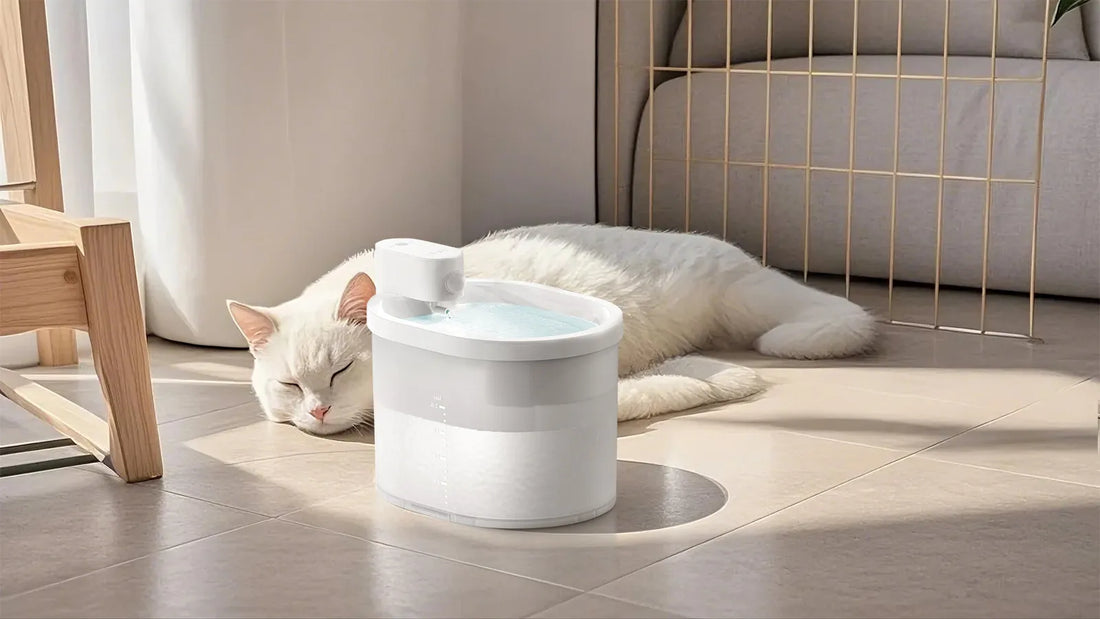How often should a dog have a bath? This is a question that every dog owner has asked at some point. While some dogs seem to thrive on frequent baths, others may develop skin issues if bathed too often. The answer isn't one-size-fits-all; it depends on various factors like breed, activity level, and skin condition. In this article, we'll explore everything you need to know about bathing your dog to keep them clean, healthy, and happy.
Understanding Your Dog's Needs
Every dog is unique, and their bathing needs can vary significantly. Factors such as coat type, skin sensitivity, and lifestyle play a crucial role in determining how often your dog should have a bath. For example, a dog with a thick, double coat may require less frequent bathing than a short-haired breed. Similarly, a dog that spends most of its time indoors will likely need fewer baths than one that loves rolling in the mud.
Breed-Specific Bathing Recommendations
Different breeds have different grooming needs. Long-haired breeds like Shih Tzus or Collies may need more frequent baths to prevent matting and tangling. On the other hand, breeds with oily coats, such as Basset Hounds, may require regular bathing to manage odor. Short-haired breeds like Beagles or Boxers can often go longer between baths, as their coats are less prone to trapping dirt and debris.
Activity Level and Lifestyle
A dog's activity level is another important factor to consider. Active dogs that spend a lot of time outdoors, hiking, or playing in the park will naturally get dirtier and may need more frequent baths. Conversely, a sedentary dog that spends most of its time indoors may only need a bath every few months. Pay attention to your dog's habits and adjust their bathing schedule accordingly.
Skin and Coat Health
Over-bathing can strip your dog's skin of its natural oils, leading to dryness, irritation, and even infections. If your dog has sensitive skin or a pre-existing skin condition, it's essential to consult your veterinarian for personalized advice. In general, most dogs benefit from bathing every 4 to 6 weeks, but this can vary based on individual needs.
Signs Your Dog Needs a Bath
Sometimes, it's obvious when your dog needs a bath—like after a romp in the mud or a swim in a smelly pond. Other times, the signs may be more subtle. If your dog starts to smell unpleasant, has a greasy coat, or is scratching excessively, it might be time for a bath. Regular brushing can help remove dirt and debris between baths, keeping your dog cleaner for longer.
Choosing the Right Shampoo
Not all shampoos are created equal, and using the wrong one can do more harm than good. Opt for a gentle, dog-specific shampoo that matches your dog's skin and coat type. Avoid human shampoos, as they can be too harsh and disrupt your dog's skin pH. If your dog has specific skin issues, your vet may recommend a medicated shampoo.
Bathing Tips for a Stress-Free Experience
Bathing doesn't have to be a stressful experience for you or your dog. Start by brushing your dog's coat to remove tangles and loose hair. Use lukewarm water and avoid getting water in their ears or eyes. Speak in a calm, reassuring voice, and reward your dog with treats and praise to create a positive association with bath time.
What to Avoid When Bathing Your Dog
There are a few common mistakes that dog owners make when bathing their pets. Avoid using hot water, as it can scald your dog's skin. Don't overuse shampoo—a small amount is usually sufficient. Rinse thoroughly to ensure no shampoo residue is left behind, as this can cause irritation. Finally, never leave your dog unattended in the bath.
Alternatives to Traditional Baths
If your dog hates water or you're short on time, there are alternatives to traditional baths. Dry shampoos and grooming wipes can help freshen up your dog between baths. Regular brushing also helps distribute natural oils and remove dirt, keeping your dog's coat healthy and clean.
Monitoring Your Dog's Health
Regular bathing is just one aspect of your dog's overall health. Pay attention to any changes in their skin, coat, or behavior, as these could indicate underlying issues. If you notice persistent itching, redness, or unusual odors, consult your veterinarian for a thorough check-up.
So, how often should a dog have a bath? The answer depends on your dog's breed, lifestyle, and skin condition. By understanding your dog's unique needs and following the tips in this article, you can ensure they stay clean, comfortable, and healthy. Remember, a happy dog is a clean dog—so find the bathing routine that works best for your furry friend!













